Poison Ivy? Oak? Is this poisonous?
annievibes
5 years ago
last modified: 5 years ago
Featured Answer
Sort by:Oldest
Comments (9)
annievibes
5 years agoRelated Discussions
poison ivy!!!!
Comments (77)Two things, there is a product called Ivy armor at any drugstore, that you can apply to your skin it's whenever you were going to be rethink you're going to be around poison ivy. The telephone lines when they came to our house and had to get through some to get to the phone linesman told me about the product. I will get poison ivy bad enough to need a steroid shots and I swell up like a character in Farside cartoons. One thing I need to note everyone thinks poison ivy spread and no it is not. What happens is that upon doing the laundry you can expose yourself to the oil to have gotten on your clothes or perhaps you set on something and transfer the oil from your clothing to the object you sat up on or you may have transfer the oil up toward your face and long arms etc. taking your shirt off things of that nature. I always have my family their clothing inside out so that when I put it in the laundry I did not get the poison ivy oil from their clothing. The fact is that what you have when you think the poison ivy has spread is in fact a latent outbreak from having come in contact with the oil sometime after your initial contact. Also, it cannot be spread from one person to another from the liquid in any of the blisters. Old Wives Tales!...See MorePoison Ivy, poison oak Cambridge, Ontario
Comments (5)I can't determine if number 3 is poison ivy, but it is definitely not poison oak or sumac. Would need an up close picture of the leaves. Number 2 is too small for me to tell, as well. I am suspicious of number 1 being poison ivy or oak, though.* None of the plants are poison sumac. That is a definite. Here is how you can tell if you have poison ivy: 1. There will be 3 leaflets on one leaf stem, continuing up the branch in sets of 3. This means that the branch will never have single leaves growing from it. (Poison sumac is different) These leaflets will NEVER occur directly across from each other, they will always be alternate. 2. The middle leaflet almost always has a longer stem than the other 2. It never has a shorter stem. 3. The leaflet's side veins (not the main vein that goes from stem to leaf tip) are alternating in pattern, never across from each other. * This is the reason I am suspicious of number 1 possibly being poison oak or ivy. 4. The base of the leaf stem will be thickened, like a celery stalk. 5. Poison ivy flowers are tiny, white or pale cream, hang in clusters. They may or may not be fragrant. They will alternate on flower stem. 6. If flowers were present, fruit may show. It will be smaller than a pea, light green when young, white when ripe, resembling a tiny peeled orange. There will be black stripes between segments on the fruit. 7. If poison ivy is injured by bugs or damaged in any way, it will exude a resin. When this resin dries, it will make pitch black spots or lines on the plant. This is an excellent way to determine if you have poison ivy or oak. Using a shovel, crush part of the stem. By the next day, you should be able to see the black resin, if it is poison ivy or oak. 8. Poison ivy does not twine around trees. It's growth is pretty much straight up. 9. Eastern Poison Ivy vines, when established (think older plant), resemble old, frayed ropes, due to their aerial roots. Western Poison Oak will not have obvious aerial roots. Stems will be strong and flexible, not wimpy. New bark is reddish brown, older bark will be a weathered gray. New leaf growth is usually red, but not always. Fall color may be vibrant or dull. You will NEVER see the following: 1. Flowers growing from the end of a stem 2. Single, large flowers 3. Flowers any color other than cream or white 4. Upright flowers 5. Fruit larger than a pea 6. Red, blue, or purple fruit 7. Leaf stalks directly across from each other on the stem 8. Sharp spines 9. A vine twining like a barber pole Here is a link that might be useful: Poison Ivy This post was edited by AuroraWA on Thu, Jul 24, 14 at 0:44...See MoreBleach & Poison Ivy
Comments (29)Desensitizing remedies have been looked at for many years with no success. Your best defense is to know what Poison Ivy, Poison Oak, and Poison Sumac look like and avoid making contact with them, or know what to do right away of contact is made. Spraying bleach to kill plants is an inappropriate use of the product and is not an environmentally sound practice. kimmq is kimmsr...See MoreIs this poison ivy or poison oak or something else?
Comments (3)leave of three for PI .. leaves of 5 for this bird spread nightmare ... lol .. that sprig can grow 5 to 10 feet this year ... its just fine in the woods ... but not going to be great.. in your garden .. ken...See Moreannievibes
5 years agoperen.all Zone 5a Ontario Canada
5 years agolast modified: 5 years agoannievibes thanked peren.all Zone 5a Ontario Canadaannievibes
5 years ago
Related Stories
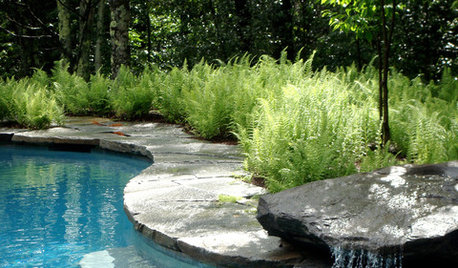
GROUND COVERSNative Alternatives to English Ivy, Japanese Pachysandra and Periwinkle
These shade-loving ground covers are good for the environment and say something about where you are
Full Story
REMODELING GUIDESYour Floor: An Introduction to Solid-Plank Wood Floors
Get the Pros and Cons of Oak, Ash, Pine, Maple and Solid Bamboo
Full Story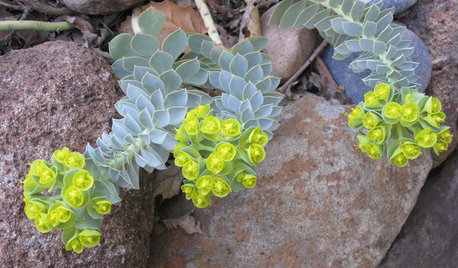
BLUE AND GRAY FOLIAGEGreat Design Plant: Donkey Spurge
Yes, there's the awful name, plus the sap issue. But this plant's foliage and flowers bring something special to Eastern U.S. gardens
Full Story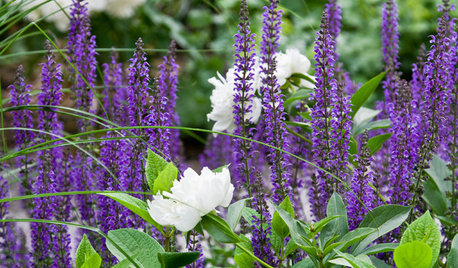
GARDENING AND LANDSCAPINGGarden Tour: Colorful, Serene Woodland Near Boston
Exuberant perennials, outdoor rooms and a surrounding woodland come together to create a beautiful landscape in Massachusetts
Full Story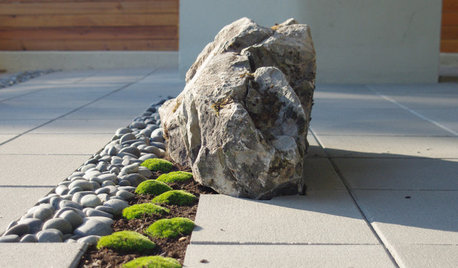
LANDSCAPE DESIGNDare to Mix Things Up in the Landscape
Courageously contrast plantings, materials and structures in your garden to create unexpected beauty and intrigue
Full Story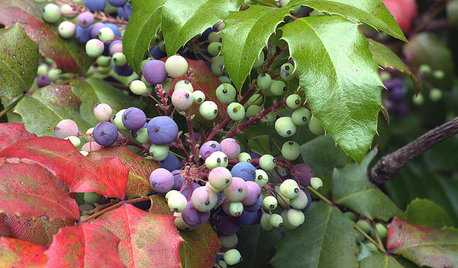
GARDENING GUIDESGreat Design Plant: Mahonia Aquifolium for Birds
Oregon grape puts on a bold spectacle from spring through winter and is ideal to brighten partly shady corners in the U.S. West
Full Story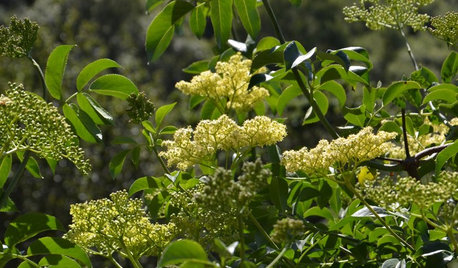
GARDENING GUIDESGreat Design Plant: Sambucus Nigra Caerulea for the Birds
Blue elderberry is a favorite of birds and other wildlife in its native California
Full Story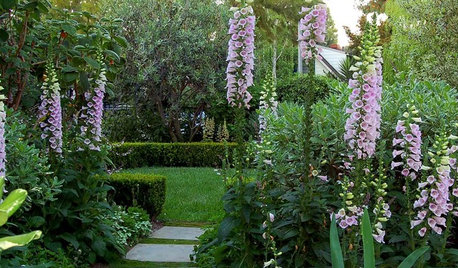
PETSGarden Alert: 22 Plants to Keep Away From Pets
Avoid potential danger by keeping dogs and cats away from these landscaping and houseplant favorites
Full Story
ARBOR DAY8 Reasons to Plant a Great Tree
Beauty is its own reward, but the benefits of planting the right tree in the right place go way beyond looks
Full Story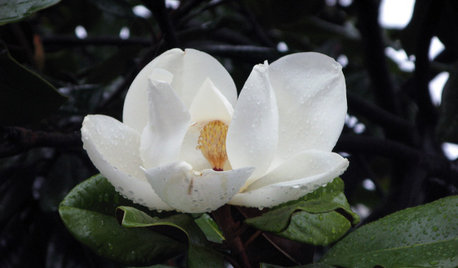
GARDENING GUIDES10 Top Native Plants for the U.S. Southeast
For a low-maintenance and wildlife-friendly landscape, use Southern natives that withstand heat and humidity
Full Story




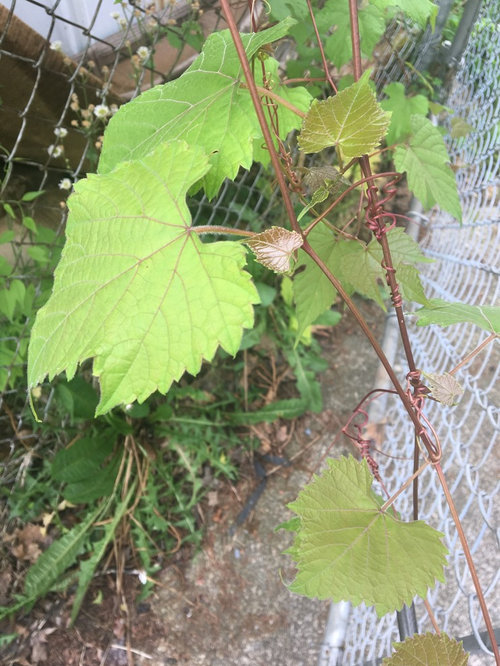
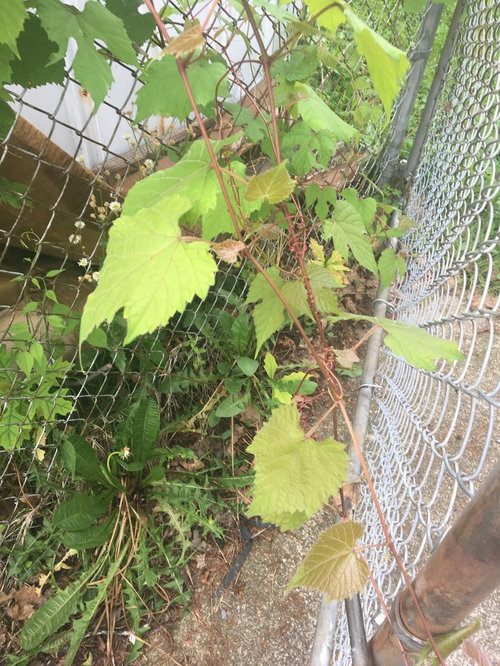




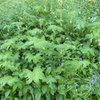

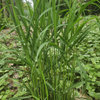
Tootsie